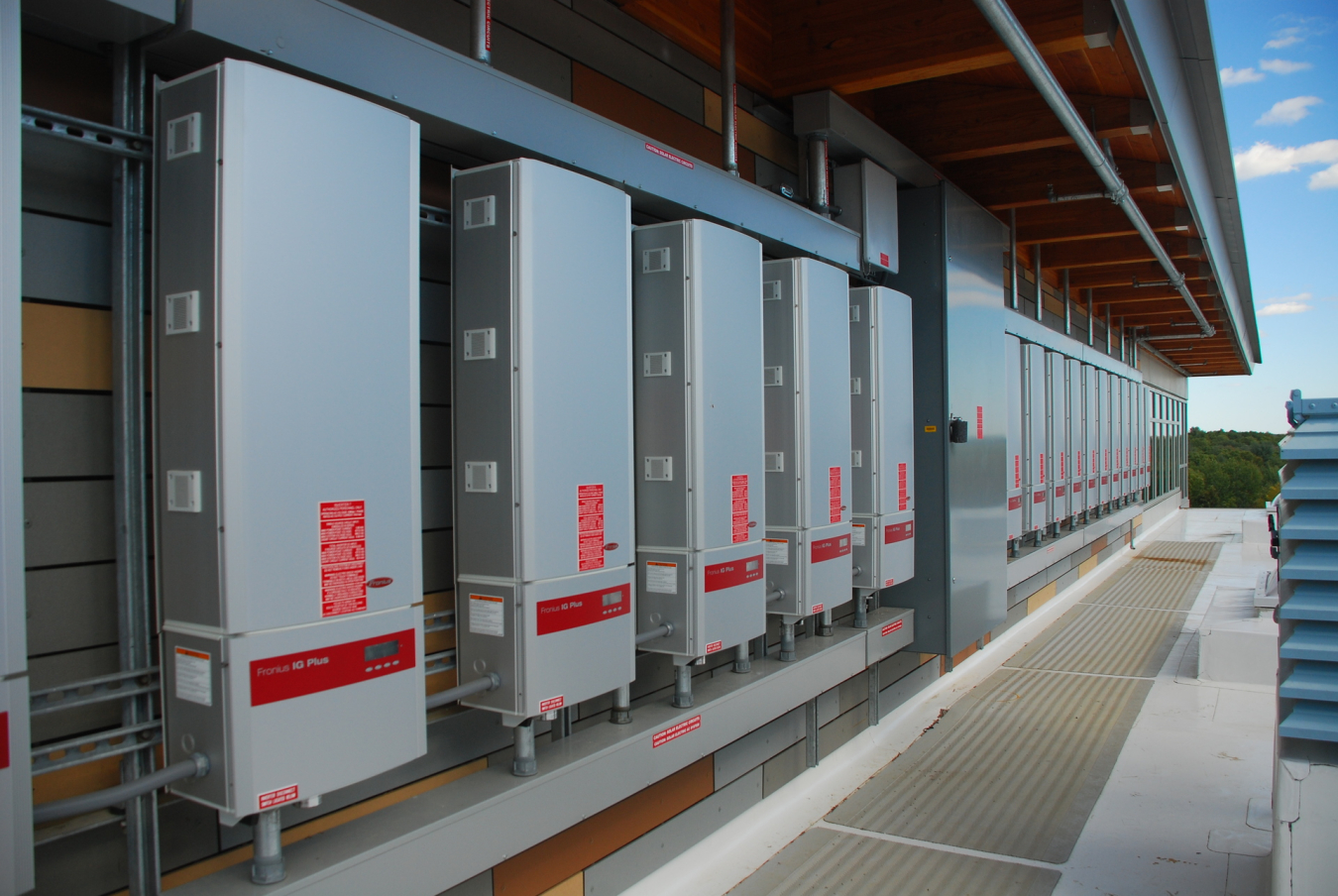IEEE 1547-2018 will help utilities better communicate with distributed energy resources, like solar, on the grid.
Solar Energy Technologies Office
January 9, 2019
To ease the integration of distributed energy resources (DER), like solar energy and energy storage, into the electric power system, in April 2018, the Institute of Electrical and Electronics Engineers (IEEE) released the revised IEEE 1547 standard, IEEE 1547-2018. This revision was motivated in part by the growth of solar and other DER on the grid and will help DER developers, utilities, equipment vendors, and others that use the standard ensure a safe and reliable electricity system.
IEEE 1547 is a set of technical specifications that defines the performance and functionalities of DER connected to the distribution grid—the part of the electric grid that delivers power to homes and buildings. This technology-neutral standard provides uniform requirements for the safe interconnection of DER to the grid and details the associated testing needed for interconnection.
The revision will help utilities better communicate with DER on the grid and enable the secure exchange and use of information between relevant networks, systems, devices, and components. For example, it provides guidance for how smart inverters can support grid reliability. The updated version also includes new guidance on grid support under abnormal conditions and performance categories for voltage regulation, which grid operators do to maintain voltage and ensure the safe delivery of electricity to customers. Furthermore, the revision clarifies how DER can support microgrid islanding, which is the ability to disconnect from the main electric grid and provide electricity to a smaller network of buildings during grid disturbances.
States must decide whether to adopt IEEE 1547-2018. Then, the authorities governing interconnection requirements, such as public utility commissions, municipalities, and cooperative governing boards, will determine whether and how these functions will be used through state standard interconnection requirements and utility design and operations codes.
IEEE 1547-2018 was created through a consensus-building process that involved more than 120 technical experts from the distributed generation and energy storage industries, including solar, utilities, equipment vendors, and academia. The U.S. Department of Energy Solar Energy Technologies Office funded researchers at the National Renewable Energy Laboratory and Sandia National Laboratories to provide a leadership role in the working group, as well as conduct testing and analysis to inform the process to revise the standard, which was last amended in 2014.
IEEE is now developing testing requirements to be used with IEEE 1547-2018: the IEEE 1547.1 standard. Once 1547.1 is established, states and local jurisdictions can implement IEEE 1547-2018.
The National Renewable Energy Laboratory developed a website with educational resources to aid stakeholders in the successful adoption and implementation of IEEE 1547-2018, which includes presentations, industry white papers, and topic-specific technical reports for utilities, states, solar developers, transmission operators, and other stakeholders.
Learn more about the Solar Energy Technologies Office’s system integration research.

